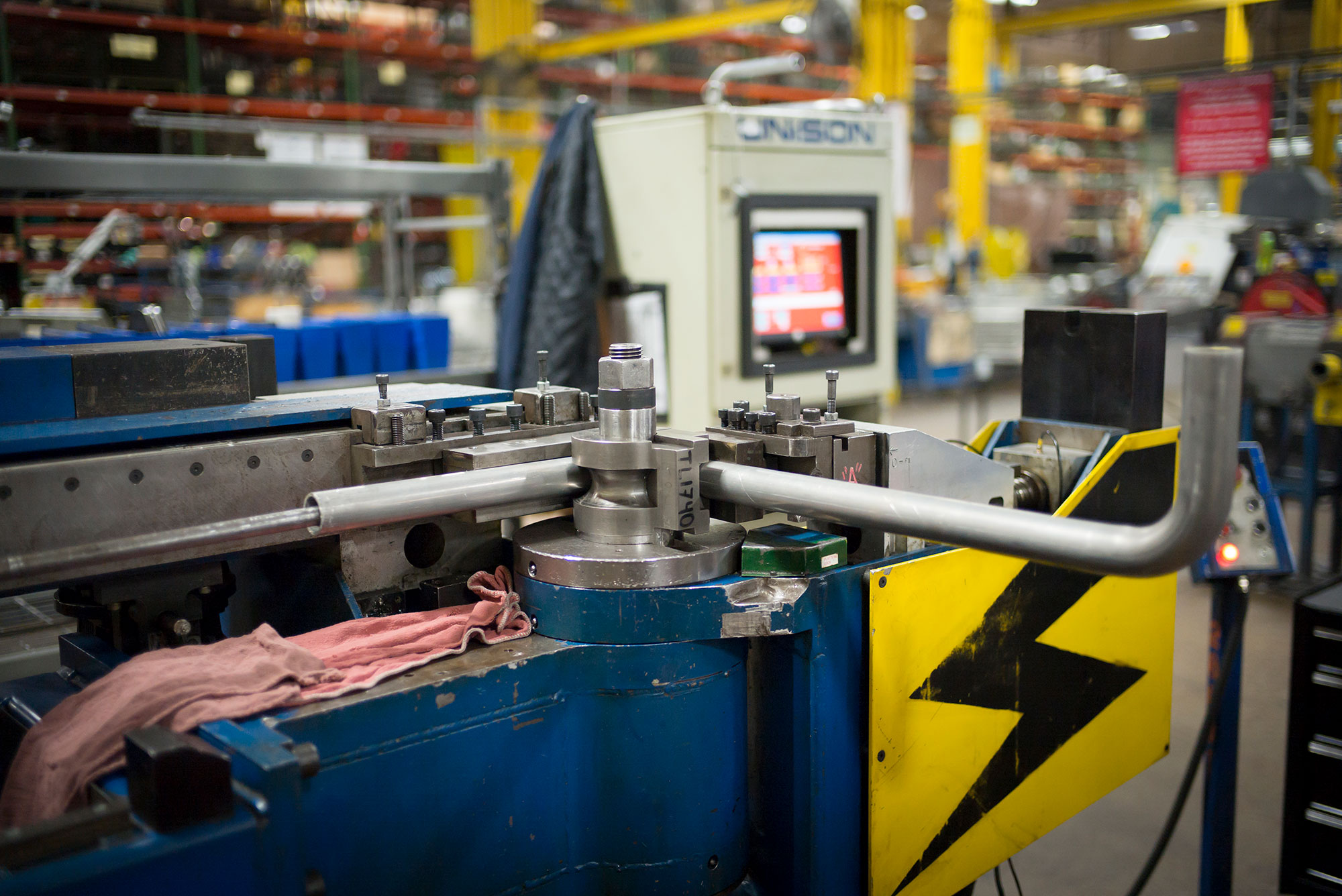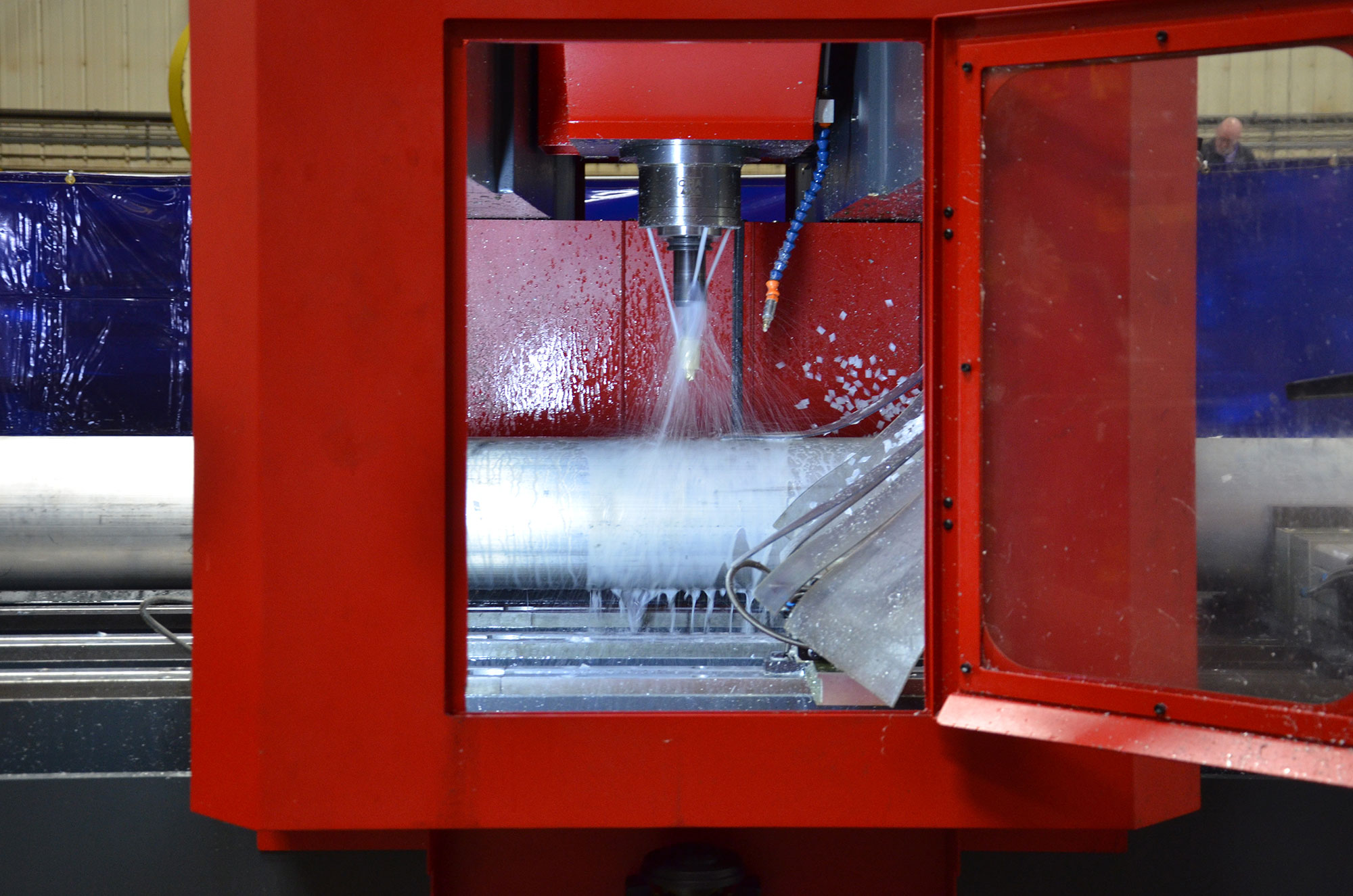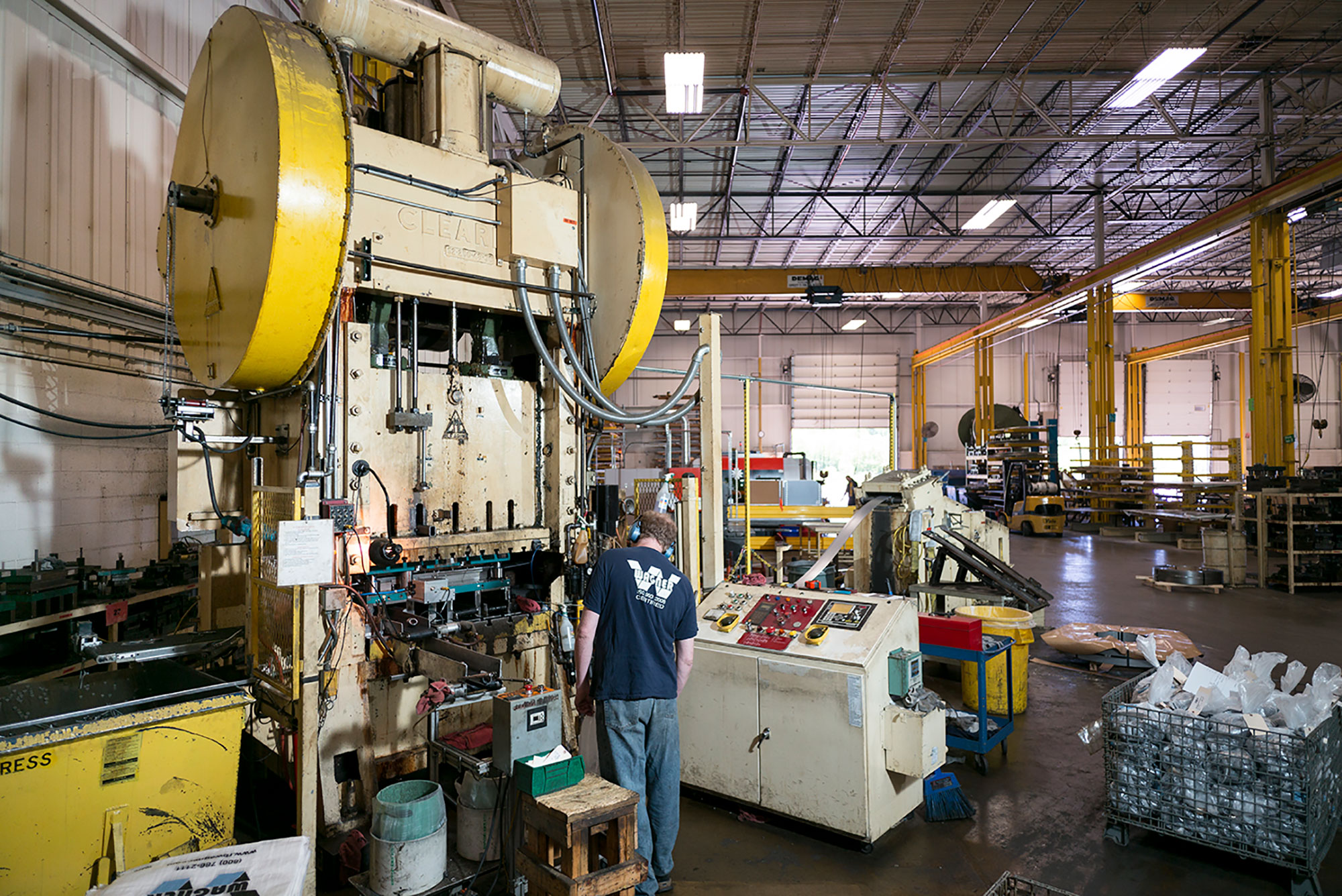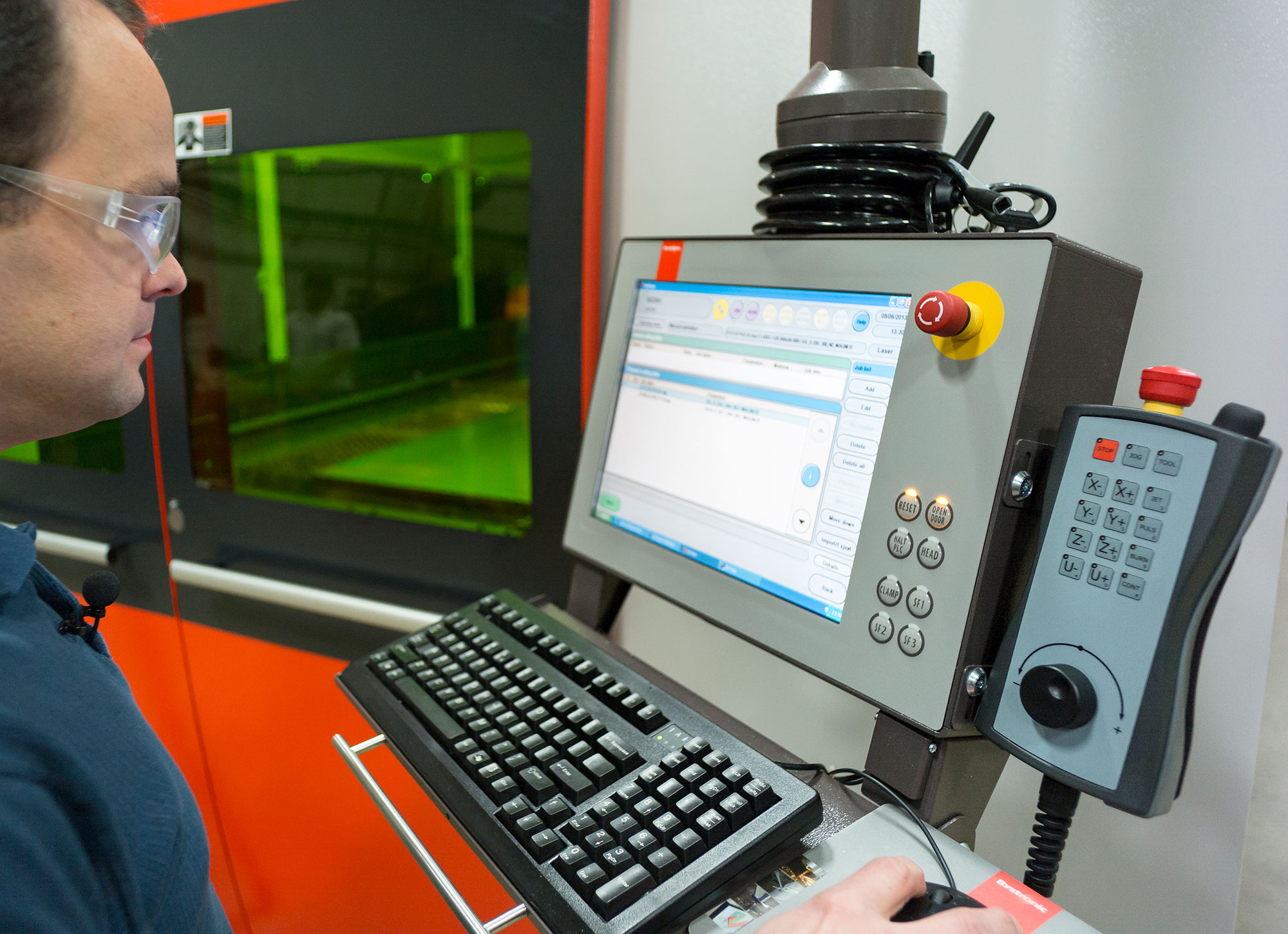High-Quality Metal Fabrication
With a 170-year legacy in metal manufacturing, Wagner is a trusted partner for metal fabrication. Whether employing precision laser cutters, metal stamping, or adapting press brakes to achieve close-tolerance radii, curves, or bump bending, Wagner has the capabilities to fabricate custom-engineered parts tailored to your application requirements.
We specialize in fabrication across a variety of materials. From metal stamping and forming to bending, laser cutting, and other fabrication services, Wagner ensures your project meets your exact standards.
Our ISO 9001:2015-certified industrial products business unit is equipped to handle your fabrication needs, including metal component manufacturing and assembly.
Our expertise includes the following:

Pipe and Tube Bending
- Induction, roll, ram and rotary
- 1/4" - 4.5" diameter tube
- 1/2" - 4.0" square tube

Tube Laser
- CO2 Six Axis
- 10.5" round, 8.0" square
- 24' long max

CNC Services
- Flex Drill - mill/drill 20' x 18" x 12"


Stamping
- Small or large quantities
- 10 to 400 ton
- 1/4" x 14" wide coil
- 40" x 60" bed
Flat Laser
- With integrated press brake
- 4000-watt fiber
- 1/2" stainless, 1/4" brass, 1/2" aluminum,
3/16" galvanized - 60" x 120" bed
Request a Quote for Custom Fabrication Services
If you're ready to begin working with us, submit a request for quote. Our team of expert estimators will be in touch shortly to help bring your project to completion. We're excited to work with you!
